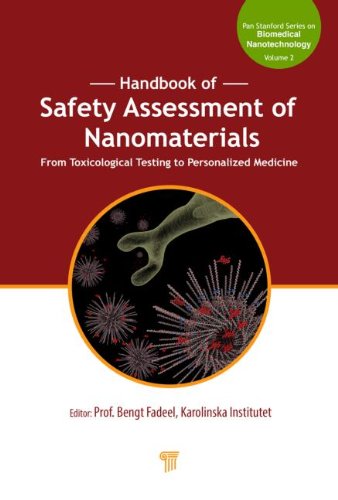

Most ebook files are in PDF format, so you can easily read them using various software such as Foxit Reader or directly on the Google Chrome browser.
Some ebook files are released by publishers in other formats such as .awz, .mobi, .epub, .fb2, etc. You may need to install specific software to read these formats on mobile/PC, such as Calibre.
Please read the tutorial at this link: https://ebookbell.com/faq
We offer FREE conversion to the popular formats you request; however, this may take some time. Therefore, right after payment, please email us, and we will try to provide the service as quickly as possible.
For some exceptional file formats or broken links (if any), please refrain from opening any disputes. Instead, email us first, and we will try to assist within a maximum of 6 hours.
EbookBell Team

5.0
78 reviewsThe rapidly evolving field of nanomedicine refers to the clinical application of nanotechnologies. However, as with all new technologies, there are ethical, safety, and regulatory issues. This handbook, written by leading international experts, provides a meticulous overview of the state of the art of safety assessment of nanomaterials (nanotoxicology) in the context of their application in nanomedicine.
The volume includes a historical perspective on the development of nanomedicine and its regulation, and a personal view of the future of (nano)medicine by Patrick Hunziker, president of the European Society of Nanomedicine. Ethical considerations in relation to nanomedicine are discussed. There are a series of chapters on organ-specific toxicities of nanomaterials, including pulmonary and cardiovascular toxicity, neurotoxicity, dermatotoxicity, and reproductive toxicity, as well as a discussion on immunotoxicity and genotoxicity. The importance of a thorough characterization of physicochemical properties of nanomaterials is emphasized. The handbook also contains a critical discussion on the applicability of in vitro versus in vivo methods and models for nanosafety assessment, along with an introduction to mathematical modeling approaches with a view to a predictive toxicology of nanomaterials. The overall aim is to provide a comprehensive, science-based framework for safety assessment of current and future nanomedicines.